China : Rapid Growth and Innovation
Key markets include major cities like Beijing, Shanghai, and Guangzhou, where the demand for clean water is critical. The competitive landscape features prominent players such as Watergen and Zero Mass Water, which are actively expanding their presence. Local market dynamics are characterized by a strong push for eco-friendly solutions, with applications in residential, commercial, and industrial sectors. The business environment is increasingly favorable, driven by government support for green technologies.
India : Sustainable Solutions for Water Crisis
Key markets include metropolitan areas like Mumbai, Delhi, and Bangalore, where water scarcity is a pressing concern. The competitive landscape features players like Aquaer and EcoloBlue, which are gaining traction. Local dynamics are influenced by a mix of traditional and modern water sourcing methods, with applications in residential, agricultural, and industrial sectors. The business environment is evolving, with increasing collaboration between public and private sectors.
Japan : Innovation Meets Sustainability
Key markets include Tokyo and Osaka, where the need for sustainable water solutions is critical. The competitive landscape features major players like Genaq and Skywater, which are well-established in the region. Local market dynamics are characterized by a high level of technological adoption, with applications in residential, commercial, and disaster relief sectors. The business environment is favorable, with strong government support for innovative water solutions.
South Korea : Innovative Solutions for Urban Areas
Key markets include Seoul and Busan, where water quality is a significant concern. The competitive landscape features players like Zero Mass Water and Aquaer, which are expanding their market presence. Local dynamics are influenced by a strong emphasis on technology and sustainability, with applications in residential, commercial, and public sectors. The business environment is conducive to innovation, with increasing collaboration between government and private entities.
Malaysia : Focus on Sustainability and Innovation
Key markets include Kuala Lumpur and Penang, where the need for clean water is critical. The competitive landscape features players like Warka Water and EcoloBlue, which are gaining traction. Local market dynamics are characterized by a strong push for eco-friendly solutions, with applications in residential, commercial, and agricultural sectors. The business environment is increasingly favorable, driven by government support for green technologies.
Thailand : Addressing Water Scarcity Challenges
Key markets include Bangkok and Chiang Mai, where water scarcity is a pressing concern. The competitive landscape features players like Watergen and Skywater, which are actively expanding their presence. Local market dynamics are influenced by a mix of traditional and modern water sourcing methods, with applications in residential, tourism, and agricultural sectors. The business environment is evolving, with increasing collaboration between public and private sectors.
Indonesia : Innovative Technologies for Sustainability
Key markets include Jakarta and Surabaya, where the need for clean water is critical. The competitive landscape features players like Aquaer and EcoloBlue, which are gaining traction. Local market dynamics are characterized by a strong push for eco-friendly solutions, with applications in residential, commercial, and agricultural sectors. The business environment is increasingly favorable, driven by government support for green technologies.
Rest of APAC : Regional Variations and Innovations
Key markets include emerging economies in Southeast Asia and Pacific Islands, where water scarcity is a growing concern. The competitive landscape features a mix of local and international players, including Warka Water and Source Hydropanels. Local market dynamics vary significantly, with applications in residential, commercial, and agricultural sectors. The business environment is evolving, with increasing collaboration between governments and private entities to address water challenges.


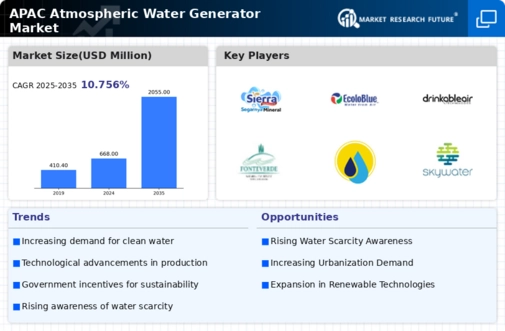

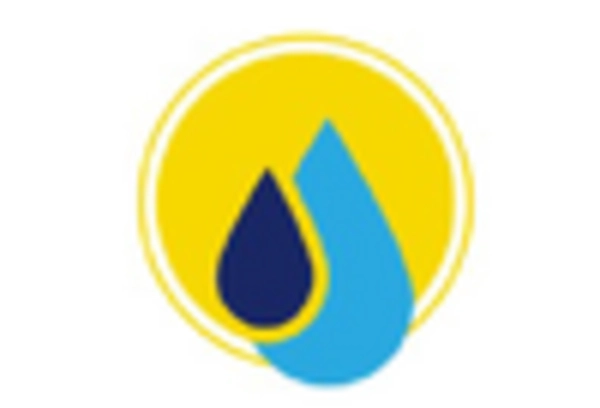
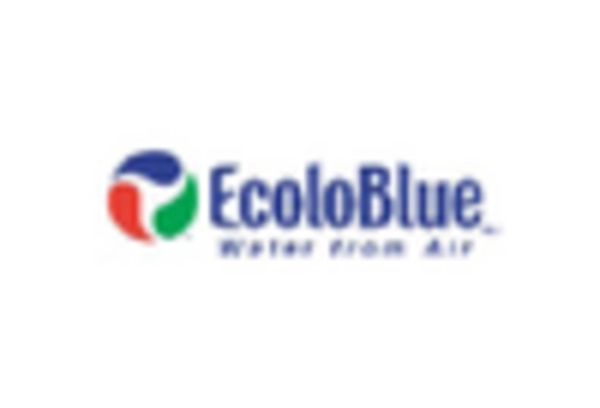
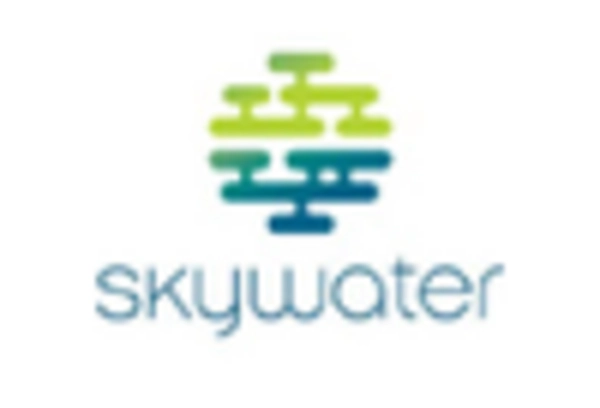

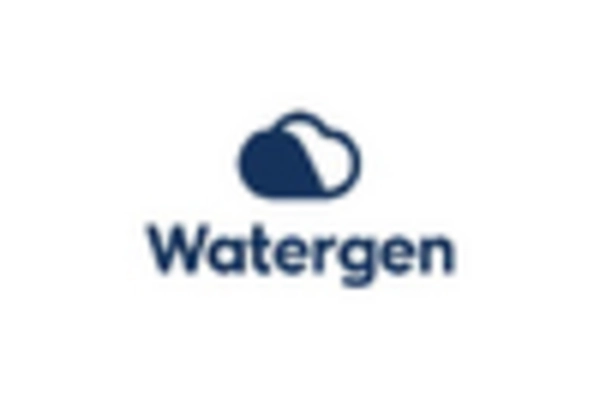
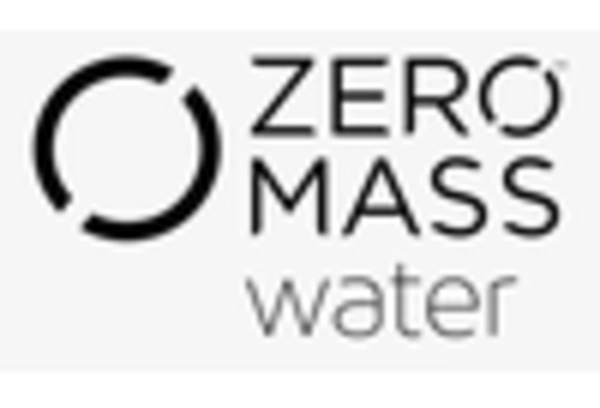








Leave a Comment